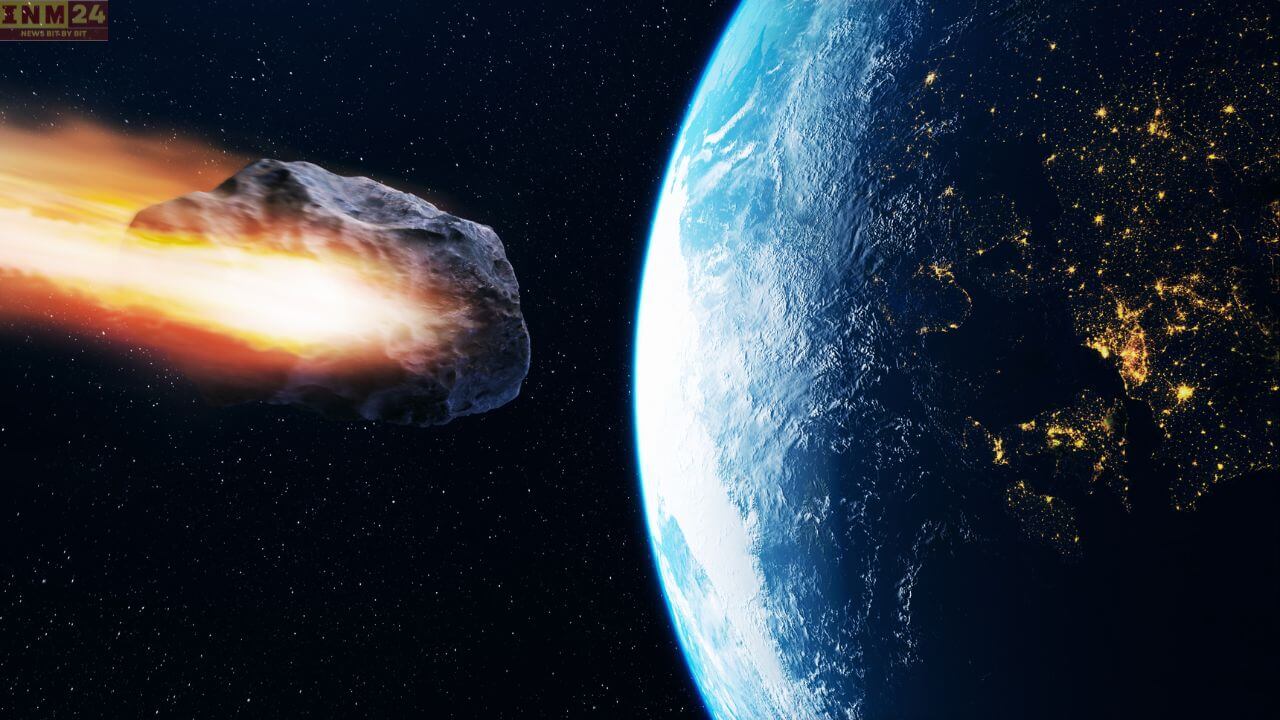Asteroids Near Earth: The tranquility of space is not as calm as it seems. There are countless rocks in space, known as asteroids, floating around. These asteroids, also called ulkapid, can pose a threat to Earth if they collide. While smaller rocks usually burn up before reaching Earth, larger asteroids can cause significant devastation. Recently, an asteroid of stadium-sized proportions passed near Earth, raising concerns about potential danger.
Highlights
- An ulkapid has passed near Earth.
- The asteroid is the size of a stadium.
- Potential catastrophic consequences if it collides with Earth.
Washington
In space, numerous asteroids are floating around, and some of them even pass close to Earth. Some of these asteroids are so large that their impact on Earth could result in a catastrophe. Recently, an asteroid the size of a stadium passed near Earth, and NASA’s powerful radar system detected it. This asteroid, named 2008 OS7, passed at a safe distance of 2.9 million kilometers from Earth on February 2. This distance is approximately 7.5 times the Earth-Moon distance.
NASA’s Jet Propulsion Laboratory (JPL) scientists used the Goldstone Solar System Radar to create a series of images of the asteroid. This new observation helped understand the size of the asteroid. The asteroid was far away this month, making it challenging to capture images with most ground-based radar systems.
Astronomical Threat
JPL released a statement after the new observations, categorizing 2008 OS7 as a potential threat due to its size and proximity to Earth. However, it is now projected that it will not come close to our planet for the next 200 years. During regular searches for objects near Earth, it was spotted in 2008. At that time, scientists estimated it to be approximately 200 to 500 meters wide. However, recent observations have provided more accurate information.
How Big is the Ulkapid?
On February 2, JPL scientists used radar observations to find that 2008 OS7 is smaller than initially estimated. According to scientists, it is between 150 to 200 meters in size. The recent observations also confirmed that 2008 OS7 rotates unusually slowly, completing one rotation every 29.5 hours.
While 2008 OS7 poses no immediate threat, the incident raises awareness about the potential dangers of asteroids near Earth. Continuous efforts are essential to monitor and track such celestial bodies to ensure the safety of our planet.
Note: Image is for illustrative purposes only and not the actual image of 2008 OS7.
